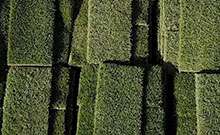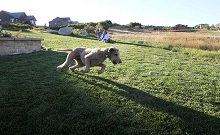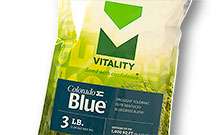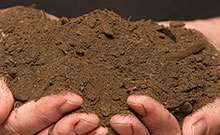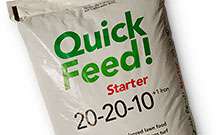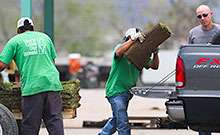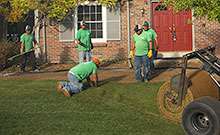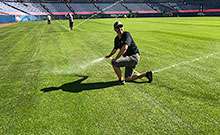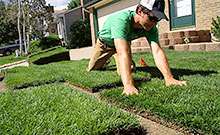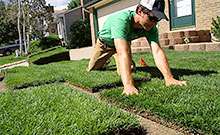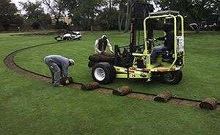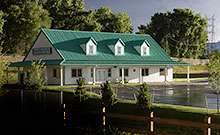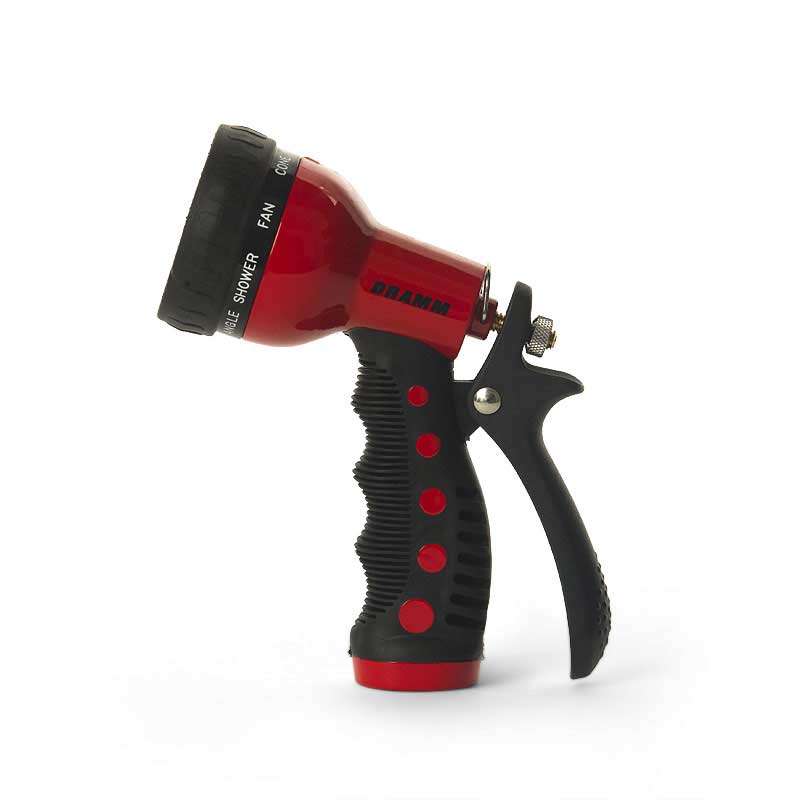Best Time of Day to Water Your Lawn?
The most efficient time to water is late evening, after 9 p.m., and early morning before 5 a.m. It is less windy, cooler, and more humid at this time of day, resulting in less evaporation and more efficient use of irrigation water. Water pressure is also better, and this results in optimal sprinkler distribution. Watering at night does not encourage disease development in Colorado due to the arid climate.
Other Lawn Watering Tips
With most soils, do not apply all the water in one irrigation cycle. If water is applied too quickly, it will often run off turf areas due to slopes, compaction, heavy clay soils, and thatch. In these cases, it is more effective to apply half the water in two back-to-back irrigation cycles. Cycle and soak lawn watering allows the water to soak into the soil rather than runoff. Core cultivation, and aeration can resolve some infiltration problems by reducing thatch and reducing compaction. More on cycle and soak lawn watering.
Lawn Mowing
Mow cool-season grasses 1.5″ to 3″ tall when the turf is dry to the touch with a sharp blade. A dull mower blade will shred and fray grass blades instead of cutting them cleanly. The result is a brown, unattractive lawn and can promote disease. Mow no more than 1/3 of the grass height off during any mowing. If your mowing height is 2 inches, mow the grass when it is 3 inches tall. You may have to mow a good bluegrass or fescue lawn every three to four days during ideal growing conditions. If weather or other factors keep you from mowing your lawn, raise the height of the cut to avoid cutting too much or scalping your lawn. Mow the grass again two days later at the standard mowing height. Pick up the clippings if they form clumps and are matting down and smothering your lawn.
More on Lawn Mowing
During routine mowing, let the grass clippings fall back onto the lawn. Grass clippings decompose quickly and provide a source of recycled nutrients and organic matter. Mulching mowers chop grass clipping it into small pieces that fall into the lawn and get recycled. If you mow frequently, side-discharge rotary mowers also distribute clippings effectively. Grass clippings do not contribute to thatch accumulation.
Lawn Fertilizer
To supply proper nutrition for your lawn, we suggest applying four applications of fertilizer per year. Fertilize in early spring, late spring, summer, and fall. How often and what type of fertilizer you use will determine the health of your lawn. If you are watering correctly, but your grass is thin, lighter green, or not growing, you need to fertilize. We suggest applying a quick-release fertilizer when your lawn needs a boost. If your grass is thick and healthy, use a slow-release or organic fertilizer. Our Lawn Fertilizer Program.
Different Types of Lawn Fertilizers
Quick-release fertilizers green up your lawn quickly and promote top growth and root development. Slow-release fertilizers work slower and release nutrients over a more extended period. Organic fertilizers work even slower because the natural components must break down before the plant can utilize them. Use a fertilizer formulated for Colorado soils and our dry climate and stay away from national brands that are better suited for wetter climates. We have been selling fertilizers blended for Colorado for over 50 years. With a minimal amount of work, your lawn will look great and stay healthy. Our lawn fertilizers.

